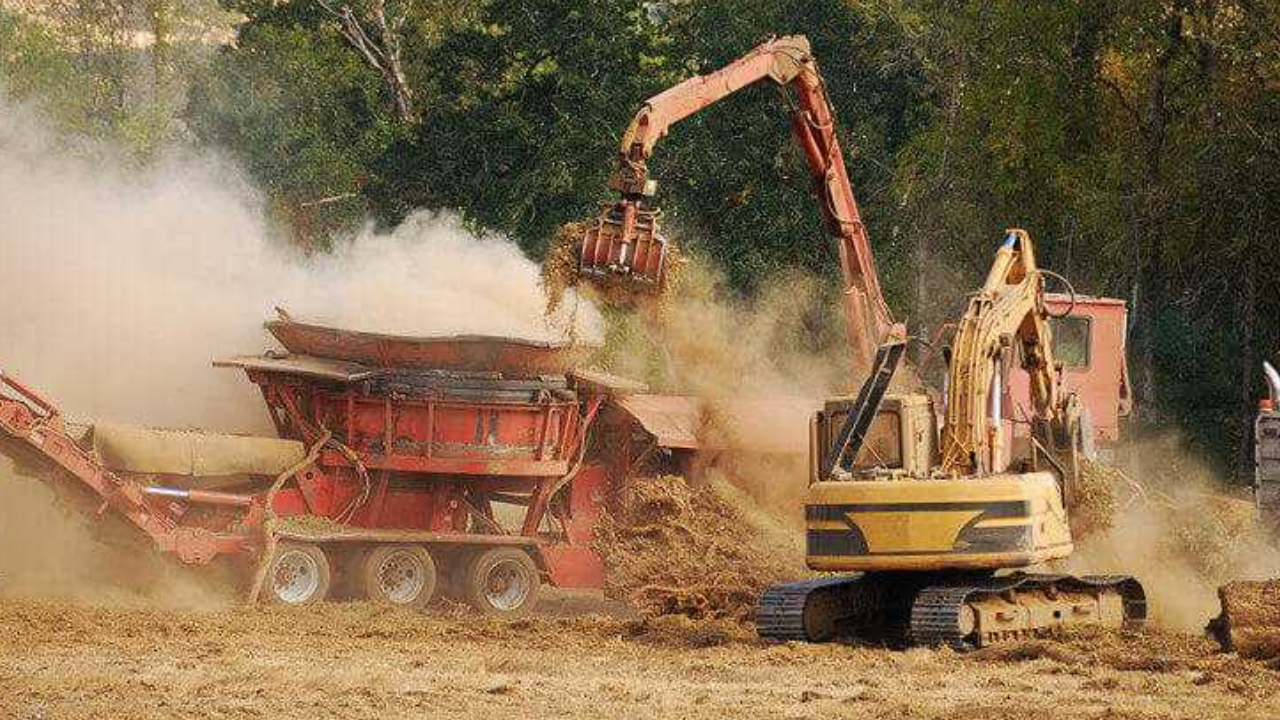Wear parts, also known as consumables, are components of machinery that are subjected to constant friction, heat, and stress during operation. These parts gradually wear down over time and call for upkeep, inspection, and ultimately replacement to keep the gear functioning efficiently. JYF is a renowned wear parts manufacturer committed to providing unrivaled quality and performance.
We specialize in creating wear-resistant components that boost industries all around the world. Our products are developed to withstand harsh conditions using a variety of materials, such as alloy steel, tungsten carbide, and ceramics, ensuring longevity and efficiency. Our worn components are a testament to precision engineering and cutting-edge technology in industries ranging from mining to construction to agriculture.
We are committed to providing bespoke solutions while setting industry standards for durability and reliability. Choose JYF machinery for worn components that not only meet but surpass expectations. The wear parts manufacturer gives you the confidence to handle even the most difficult difficulties. With our unrivaled expertise and legacy, we can improve the performance of your equipment.
What Is The Typical Lifespan Of Wear Parts?
Our worn parts are designed for extreme durability, with typical lifespans that exceed industry requirements. Our products’ longevity varies depending on aspects such as application, operating conditions, and maintenance techniques. Our worn components routinely demonstrate prolonged service life due to our commitment to quality, offering customers cost-effective solutions that minimize downtime and maximize productivity.
Exploring the Diverse Materials in Wear Parts Manufacturing
Wear components are critical in many industries, maintaining the longevity and effectiveness of machinery and equipment. The selection of materials in worn component manufacture is a vital issue affecting performance, durability, and cost-effectiveness. In this article, we’ll look at the many materials often utilized in fabricating wear components.
Alloy Steel
Alloy steel is a common material used in the production of worn parts. Alloy steel is a popular material for excavator teeth, bulldozer blades, and crusher liners due to its high strength and abrasion resistance. The alloying ingredients increase hardness and toughness, making them appropriate for demanding working settings.
Tungsten Carbide
Tungsten carbide is a high-performance material noted for its exceptional hardness and wear resistance. Wrought iron carbide is a cemented carbide composite that is extensively used in cutting tools, drilling bits, and wear components for mining and construction equipment. Its characteristics make it ideal for circumstances where excessive wear is a chronic concern.
Ceramic Materials
Ceramic materials, such as alumina and silicon carbide, are employed in worn parts due to their outstanding wear resistance and ability to withstand high temperatures. These materials are frequently used in settings prone to abrasion and corrosion, such as the mining and chemical processing industries.
Hardened Cast Iron
Hardened cast iron is preferred due to its great wear resistance and low cost. It is frequently utilized in applications requiring soil abrasion resistance, such as agricultural tillage tools. The heat treatment technique hardens the cast iron, allowing it to withstand harsh circumstances.
Rubber and Polyurethane
Rubber and polyurethane become important materials in some applications where impact resistance and noise reduction are requirements. These materials are frequently used in conveyor belts, screen media, and other wear elements that require flexibility and damping. Rubber and polyurethane are used in a wide range of sectors due to their adaptability.
Composite Materials
Material science advancements have resulted in the creation of composite materials for worn parts. These composites typically combine the capabilities of multiple materials to build components that are more wear-resistant, lighter, and perform better. Fiberglass and carbon fiber-reinforced composites are two examples of specialist materials that are gaining popularity.
Final Words
Wear component manufacturing encompasses a wide range of materials, from classic metals to cutting-edge composites. The material utilized is determined by the application’s specific requirements, taking into account aspects such as hardness, toughness, and cost-effectiveness. As science advances, new material discoveries will result in ever more durable and efficient wear components for a variety of industries.
